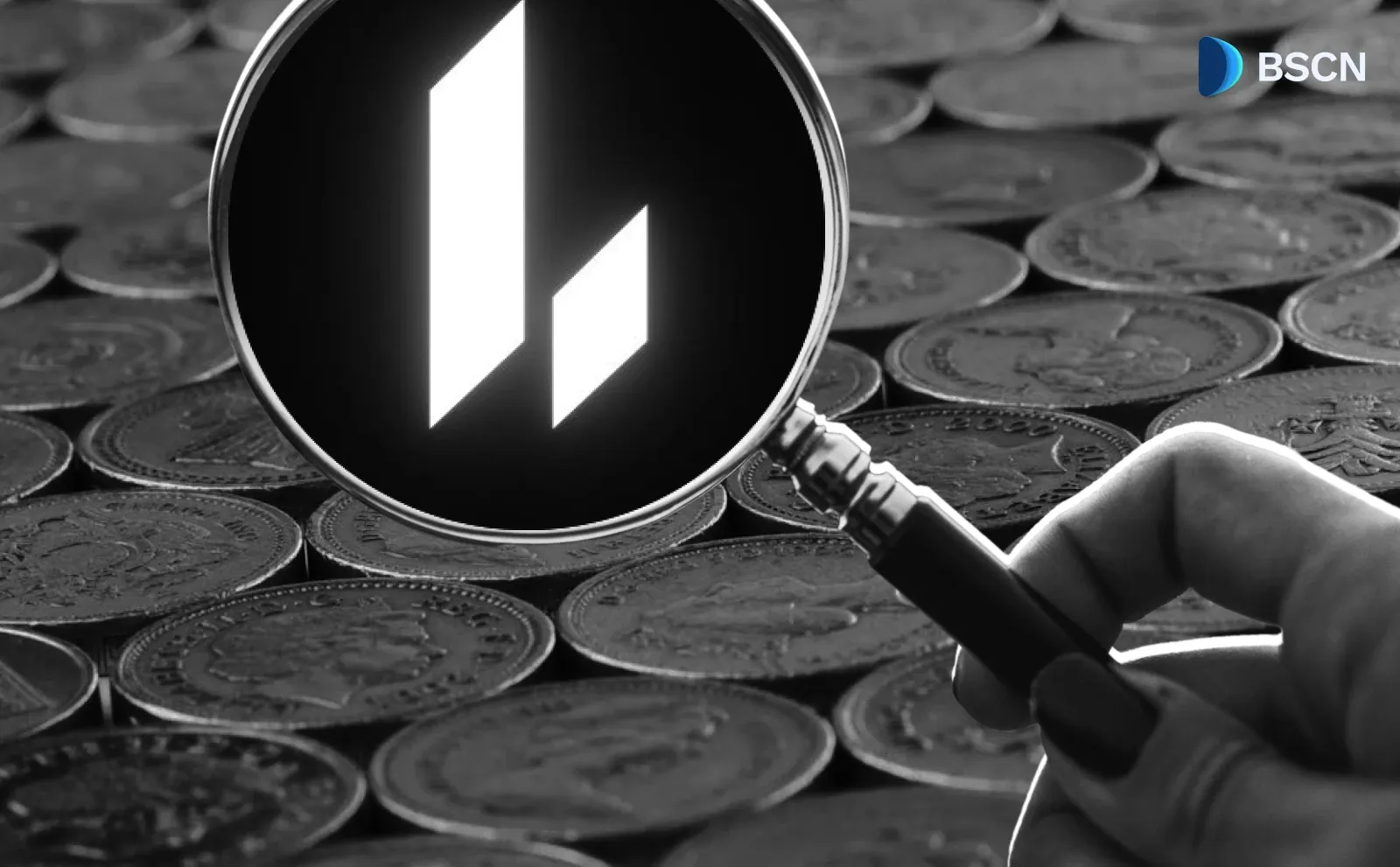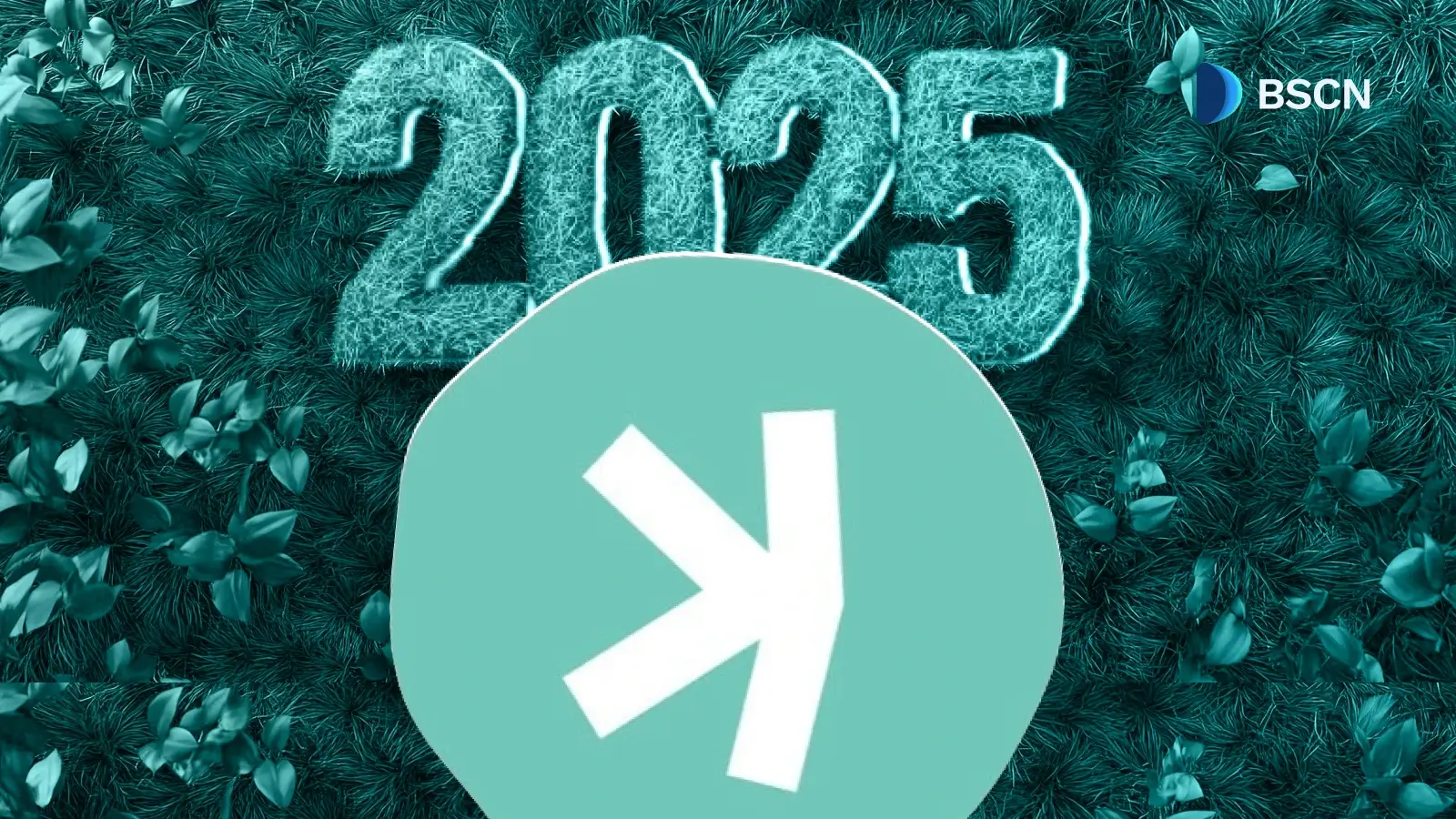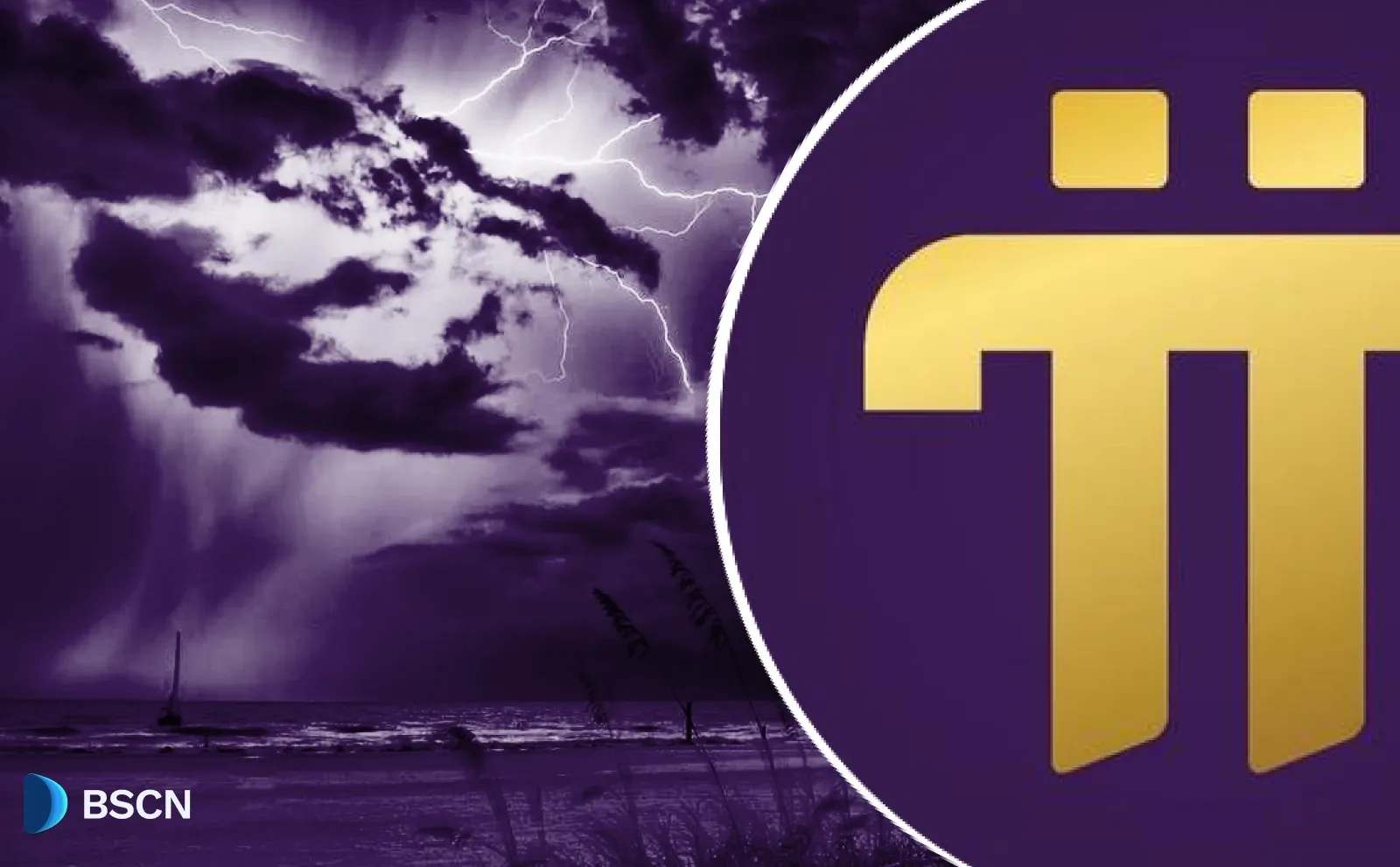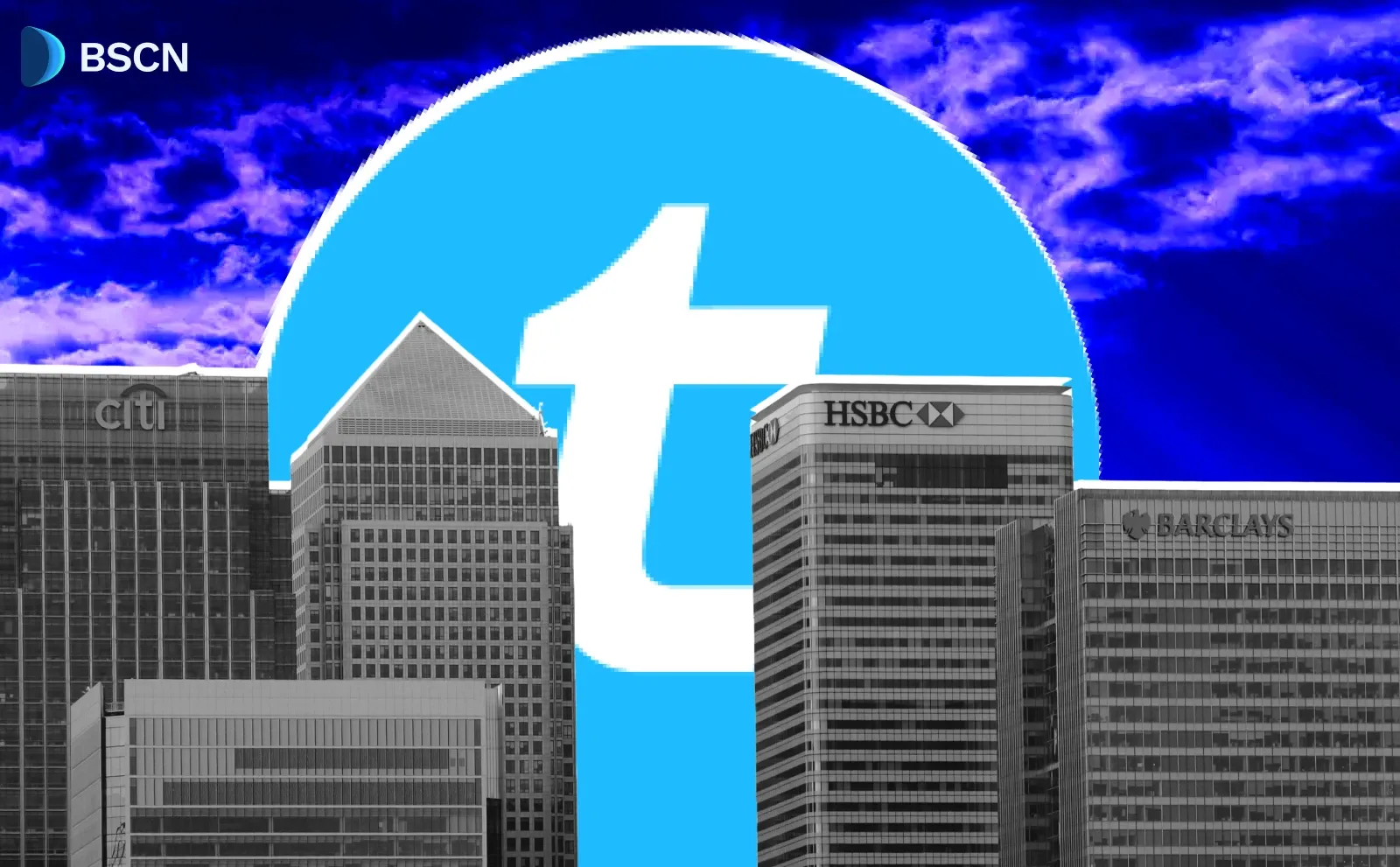News
(Advertisement)
Cardano Community Approves $71M Treasury Allocation for Major Network Upgrades

Cardano’s community has approved $71 million in treasury funding to support Hydra and Project Acropolis, key upgrades to improve scalability and modularity.
Soumen Datta
August 4, 2025
(Advertisement)
Table of Contents
The Cardano community voted to allocate $71 million in ADA—equivalent to 96 million tokens—from its treasury for two key network upgrades: Hydra and Project Acropolis. These upgrades are aimed at improving scalability, reducing fees, and making Cardano’s infrastructure more flexible and developer-friendly.
The proposal was approved through a decentralized vote, with 74% of voters supporting the funding plan. This marks the first time the Cardano community has directly authorized funding for core network development. A total of 213 votes were cast: 200 in favor, six against, and seven abstentions.
Why Cardano’s $71M Vote Matters
Cardano operates through a decentralized treasury system where ADA holders can vote on major development proposals. This recent approval highlights the strength of that model, allowing the community to direct funding to projects they deem critical for the network’s future.
Two initiatives will receive the funds:
- Hydra, a Layer 2 protocol designed to increase transaction throughput and reduce costs
- Project Acropolis, a modular redesign of the Cardano node to improve flexibility and development speed
These upgrades are part of a 12-month plan proposed by Input Output Global (IOG), Cardano’s primary development team.
Hydra: A Layer 2 Scaling Solution
Hydra is a Layer 2 protocol built to improve transaction speeds and reduce fees by handling most transactions off-chain while maintaining the security of the mainnet. Hydra achieves this by creating multiple parallel transaction channels known as “heads.”
Key benefits of Hydra:
- Fast finality with near-instant transaction confirmation
- Significantly reduced transaction fees
- Horizontal scalability—more users won’t slow the network
- Support for off-chain smart contracts
According to IOG, Hydra could eventually enable millions of transactions per second, especially useful for high-volume applications like DeFi, gaming, and enterprise use cases.
Project Acropolis: Making Cardano’s Node Modular
Project Acropolis focuses on rearchitecting the Cardano node into smaller, independent modules. Currently, the node is monolithic—meaning every component is tightly connected. Acropolis will break the system into individual parts that can be updated or replaced without affecting the whole network.
Benefits of modular architecture:
- Easier for new developers to contribute
- Simplifies maintenance and upgrades
- Enables more innovation in core features
- Improves system reliability and testability
This modularity aims to lower the barrier to entry for developers and speed up the development of new features across the ecosystem.
Transparent Funding With Oversight
Concerns over cost and accountability were raised ahead of the vote. In response, IOG confirmed that the $71 million in funding will be milestone-based. Payments will only be released as specific deliverables are completed.
Oversight will be handled by Intersect, a Cardano member-based governance group. Other accountability measures include:
- Monthly developer updates
- Public timesheets
- Quarterly financial reviews
- Smart contract-based payment mechanisms
- Independent oversight committee
This structure ensures transparency and minimizes the risk of misallocated funds.
Cardano's Governance Model in Action
This vote is a demonstration of how Cardano’s on-chain governance system works. Unlike traditional blockchains where core development is controlled by a small group, Cardano’s system gives token holders a real say in network decisions.
Intersect, which did not endorse a competing proposal from the Technical Steering Committee (TSC), emphasized the community's responsibility in choosing which upgrades to support. Ultimately, the IOG-led proposal was selected by a clear majority.
Tim Harrison, IOG’s VP of Community and Ecosystem, called this vote a “first-of-its-kind event” for Cardano. Charles Hoskinson also commented on the importance of strong execution following the vote.
Planned Technical Enhancements
Beyond Hydra and Acropolis, IOG plans several performance upgrades:
- Reduced RAM usage for improved efficiency
- Lower operational costs for stake pool operators
- Support for more advanced smart contracts
- Interoperability enhancements to connect with other chains
These changes aim to strengthen Cardano’s position in the competitive Layer 1 blockchain space and improve its suitability for real-world use cases.
Cardano currently has an average transaction fee of 0.34 ADA and block times of around 20 seconds, according to data from Messari. These metrics are expected to improve substantially once the new upgrades are implemented.
Conclusion: Scaling With Community-Driven Funding
The approval of $71 million in treasury funds signals a strong commitment by the Cardano community to invest in core infrastructure. Hydra will improve transaction speed and cost-efficiency, while Project Acropolis will modernize the development process through modular design.
With transparent oversight and milestone-based funding, the community is not just investing in potential—they’re demanding delivery. The model also opens participation to developers beyond IOG through the broader Cardano Developer Ecosystem Coalition.
If successfully executed, these upgrades will make Cardano more scalable, developer-friendly, and aligned with the demands of a growing user base. But the focus remains on execution, not promise.
Resources:
Input Output Announcement: https://iohk.io/en/newsroom/from-roadmap-to-reality-cardano-community-approves-ioe-roadmap-proposal-unlocking-a-new-era-of-decentralized-delivery
Proposal Result: https://adastat.net/governances/8ad3d454f3496a35cb0d07b0fd32f687f66338b7d60e787fc0a22939e5d8833e01
Cardano Documentation: https://docs.cardano.org/
Read Next...
Frequently Asked Questions
What is Hydra on Cardano?
Hydra is a Layer 2 protocol that allows faster and cheaper transactions by processing them off-chain using multiple channels called “heads,” while still maintaining the security of the Cardano mainnet.
What is Project Acropolis?
Project Acropolis is an initiative to redesign the Cardano node into modular components. This makes it easier to maintain, upgrade, and allows more developers to contribute to the core code.
Who manages the $71 million funding?
The funding is managed through milestone-based payments with oversight by Intersect, Cardano’s member-based governance group. Developers must meet specific goals to receive payments.
Disclaimer
Disclaimer: The views expressed in this article do not necessarily represent the views of BSCN. The information provided in this article is for educational and entertainment purposes only and should not be construed as investment advice, or advice of any kind. BSCN assumes no responsibility for any investment decisions made based on the information provided in this article. If you believe that the article should be amended, please reach out to the BSCN team by emailing [email protected].
Author
 Soumen Datta
Soumen DattaSoumen has been a crypto researcher since 2020 and holds a master’s in Physics. His writing and research has been published by publications such as CryptoSlate and DailyCoin, as well as BSCN. His areas of focus include Bitcoin, DeFi, and high-potential altcoins like Ethereum, Solana, XRP, and Chainlink. He combines analytical depth with journalistic clarity to deliver insights for both newcomers and seasoned crypto readers.
(Advertisement)
Latest News
(Advertisement)
Crypto Project & Token Reviews
Project & Token Reviews
Comprehensive reviews of crypto's most interesting projects and assets
Learn about the hottest projects & tokens














